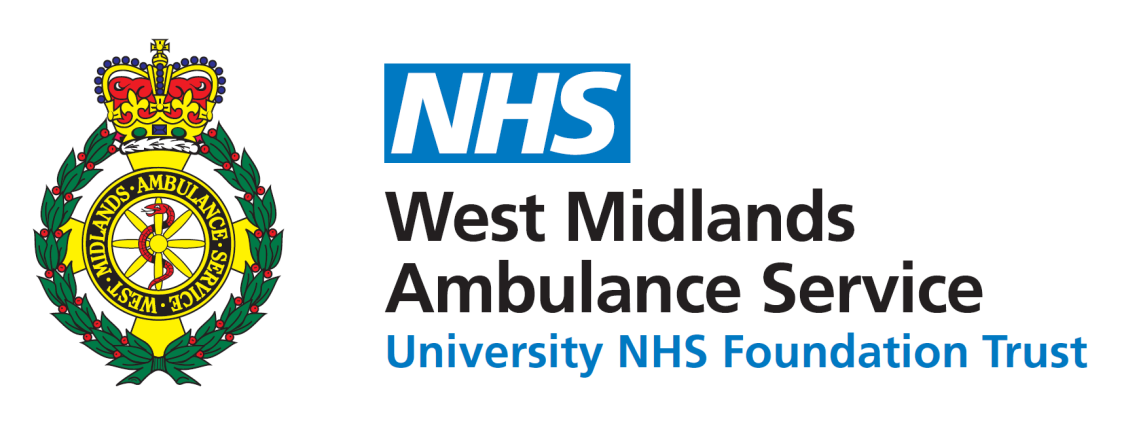Objectives
Neutrophil dysfunction has been described with age, appears exaggerated in infection, with altered phosphoinositol signaling a potential mechanism. However, functional aging is heterogeneous. Frailty is a negative health status and is more common in older adults. We hypothesised that neutrophil migration may be compromised in frailty, associated with the degree of frailty experienced by the older person.
Results
We compared measures of frailty, neutrophil function, and systemic inflammation in 40 young and 77 older community-dwelling adults in the United Kingdom. Systemic neutrophils exhibited an age-associated reduction in the accuracy of migration (chemotaxis) which was further blunted with frailty. The degree of migratory inaccuracy correlated with physical (adjusted hand grip strength) and cognitive (Stroop test) markers of frailty. Regression analysis demonstrated that age, Charlson comorbidity index, and frailty index were able to predict neutrophil chemotaxis. Reduced chemotaxis of neutrophils from frail adults could be reversed using selective PI3K inhibitors. Exposure of neutrophils from young adults to plasma from chronically inflamed frail older adults could not recapitulate the migratory deficit in vitro, and there were no relationships with systemic inflammation and neutrophil dysfunction.
Conclusions
Frailty exaggerated the neutrophil deficits seen with advanced age but aspects of the frailty-associated deficit in neutrophil function are rescuable and thus potentially form a therapeutic target to improve outcomes from infection in older adults.




